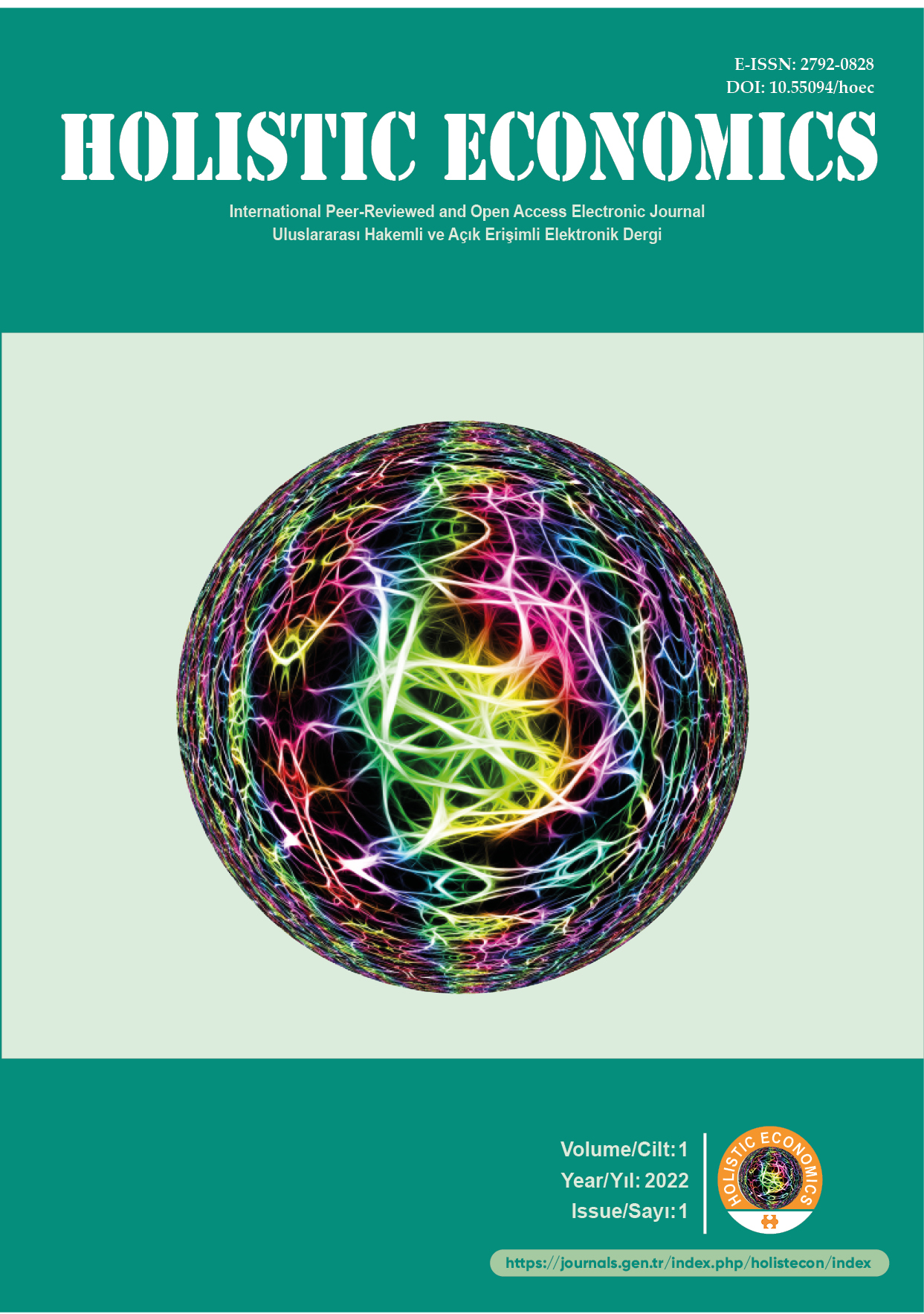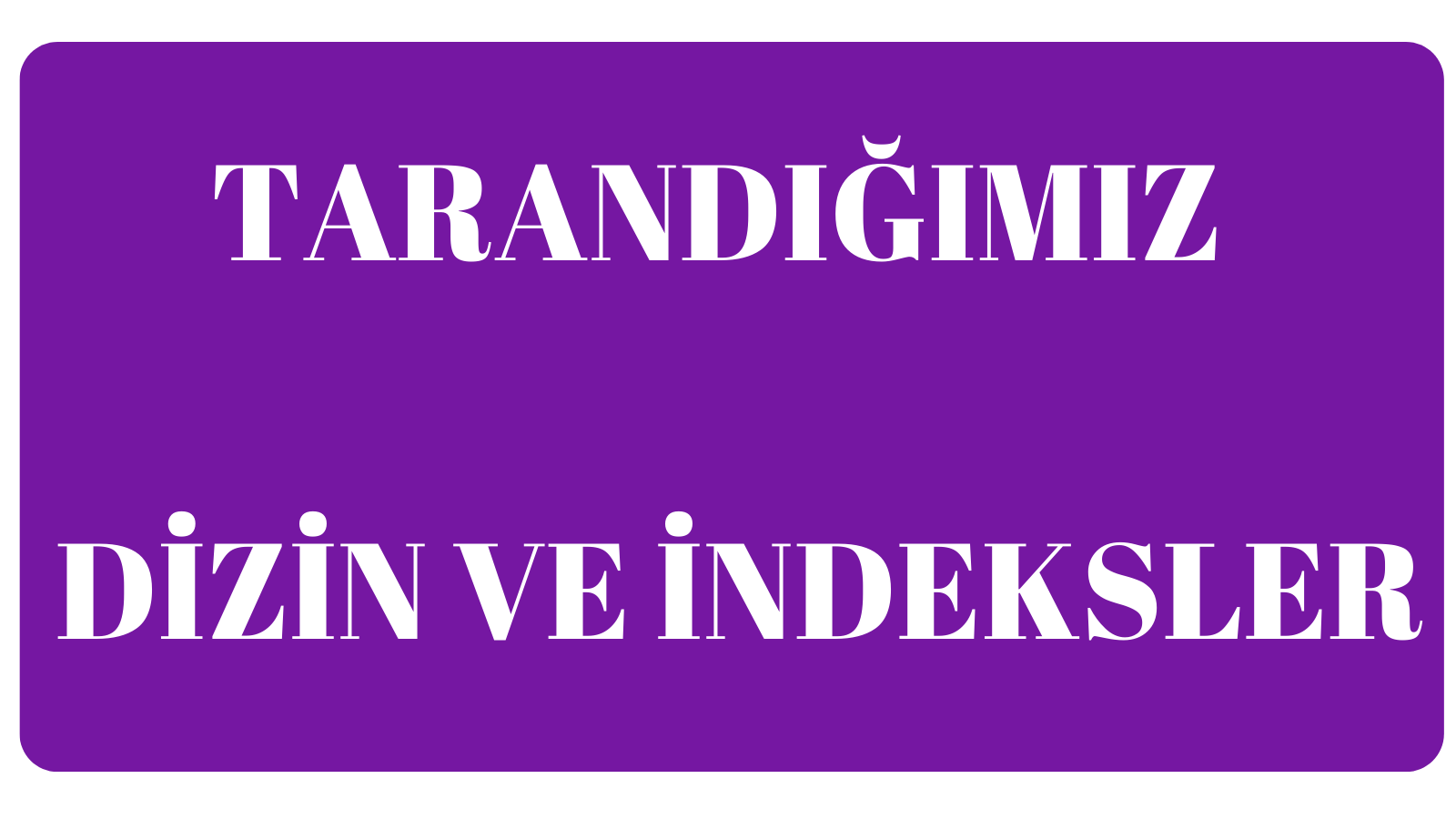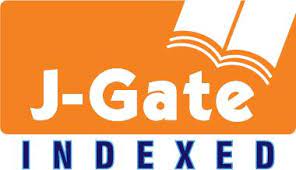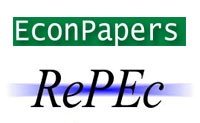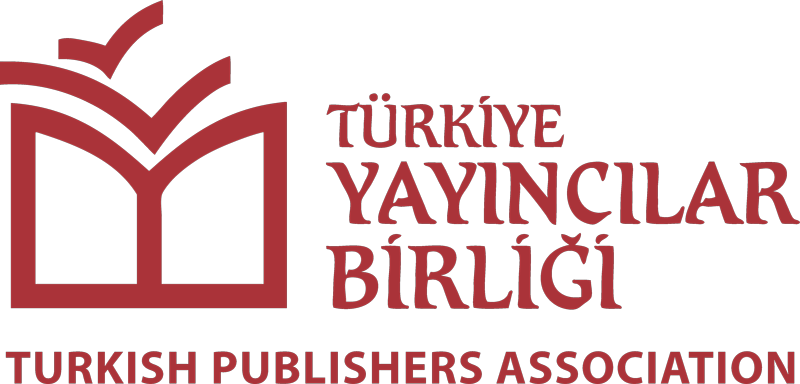Sustainable cost management in the supply chain: A case analysis
DOI:
https://doi.org/10.55094/hoec.1.1.05Anahtar Kelimeler:
Sustainable Cost Management- Supply Chain Management- Retailing SectorÖzet
In today’s constantly developing and changing world, businesses strive for superiority in various areas to survive and create competitive advantage. Businesses that can integrate sustainability into their activities can be more successful in this sense and take a step ahead of their competitors. The supply chain, which covers all the activities carried out in the process starting with the supply of materials until they are delivered to the end consumer, is another area where competition has been intense recently. To adapt to the order in the global environment, businesses need to adopt a different cost management approach while building their supply chains. While the cost management approach in earlier times only dealt with the management of costs arising within the enterprise, cost reduction processes in the modern age not only include the internal costs but also all the costs incurred throughout the supply chain outside the enterprise. Therefore, to achieve success and create a competitive advantage, the need to manage costs in an integrated manner arises. In this context, this study tackles the issue of sustainable cost in the retailing sector, which is an important element of the supply chain and has special importance in economic crises, with particular focus on Migros Trading Joint Stock Company (Migros Co.), one of the forty largest retail companies in the World. By analyzing the sustainability reports published by the company between 2016-2020, the factors affecting sustainability in retailing, sustainable value networks, and their sub-titles are examined in detail. According to the results obtained, in the specific case of Migros T.A.Ş., continuously developing the awareness of sustainability in the retail sector and particularly adopting sustainable cost management are very important factors for business success.
İndirmeler
Referanslar
Akgün, M. (2004). Tedarik Zinciri Yönetiminde Bütünleşik Faaliyet-Tabanlı-Hedef Maliyetleme Yaklaşımı. MODAV Muhasebe Bilim Dünyası Dergisi, Cilt:6, Sayı:1, Mart, 67-88.
Alkan, H. (2001). İşletme Başarısında Maliyet Yönetiminin Rolü Ve Maliyet Yönetiminde Yeni Yaklaşımlar (Ormancılık Açısından Bir Değerlendirme). Turkish Journal Of Forestry, 2(1), 177-192.
Avci, Ç. (2014). Sürdürülebilirlik Açısından Stratejik Maliyet Yönetimi (Master's Thesis, Sosyal Bilimler Enstitüsü), Baybut Üniversitesi Sosyal Bilimler Enstitüsü, İşletme Programı, Eylül, Bayburt.
Chopra S. & Meindil P., (2007), Supply Chain Management, 3. Baskı, New Jersey, Prentincehall.
Chopra, S., & Meındl, P., (2004), “Supply Chain Management: Strategy, Planning And Operation”, 2. Baskı,
Cooper R. & Slagmulder R,.(2004), “Interorganizational Cost Management and Relational Context”, Accounting, Organizations and Society, Vol.29, (No.1), 1-26.
Deste, M., & Halifeoğlu, M. (2019). Perakende Ticaret Sektöründeki İşletmelerin Tedarik Zinciri Yönetimi Açısından Finansal Performans Kriterlerinin Belirlenmesi: Bıst’de Bir Uygulama. Bingöl Üniversitesi Sosyal Bilimler Enstitüsü Dergisi, 9(18), 751-774.
Düzer, M., & Önce, S. (2018). Sürdürülebilirlik Performans Göstergelerine İlişkin Açıklamaların Finansal Performans Üzerine Etkisi: BİST’te Bir Uygulama. Muhasebe Ve Vergi Uygulamaları Dergisi, 11(1), 93-117.
Ellram L.M., (2008), “Integrating Strategic Cost Management With 3DCE Environment: Strategies, Practices and Benefits”, Journal of Purchasing and Supply Management, Vol.14, (No.3), 180-191
Eymen, U. E. (2007). Tedarik Zinciri Yönetimi. Kalite Ofisi Yayınları, 15.
Fayard, D., Lee L., Leitch R., & Kettinger W., (2007), “The Effect of Internal Cost Management, Information Systems Integration, and Absorptive Capacity on Inter-organizational Cost Management: A Pilot Study”, American Accounting Association - Management Accounting Section Midyear Meeting, Texas, 1-40.
Heizer J. & Render B.,(1996), Operations management, New Jersey, Prentince Hall.
Jakhar, S.K. (2015). Performance Evaluation And A Flow Allocation Decision Model For A Sustainable Supply
Chain Of An Apparel İndustry. Journal Of Cleaner Production, 87: 391-413
Karakoç, N., Tamer, Eren & Özcan, E. (2020). Sürdürülebilir Tedarik Zinciri Yönetimi İçin Endüstri 4.0’daki Zorlukların Değerlendirilmesi. Endüstri Mühendisliği Dergisi, 31(2), 215-233.
Karaman, K. (2012). Tedarik Zincirinde Karşılaşılan Problemler Uygulanabilecek İyileştirmeler, Tedarik Zinciri
Karcıoğlu, R. (2000), Stratejik Maliyet Yönetimi Maliyet ve Yönetim Muhasebesinde Yeni Yaklaşımlar, Aktif Yayınevi: Erzurum.
Kopczak, L.R. (1997), “Logistics Partnership And Supply Chain Restructuring. Survey Results From The Us Computer İndustry” Production And Operations Management,Vol.6 No.3, Pp.226-247.
Lambert D.M. & Cooper M., (2000),“Issues in Supply Chain Management”, Industrial Marketing Management, Vol.29, (No.1), 65-83.
Lee V. H., Ooi K. B., Chong A. Y. L. & Sohal A. (2018) The Effects of Supply Chain Management on Technological Innovation: The Mediating Role of Guanxi. International Journal of Production Economics 205(2018): 15-29.
Lee, H.L. & Bıllıngton, C. (1992). “Managing Supply Chain İnventory: Pitfalls And Opportunities” Sloan Emanagement Review, 33 (3): 65-73
Li S., Ragu-Nathan B., Ragu-Nathan T. S. & Rao S. S. (2006) The Impact of Supply Chain Management Practices on Competitive Advantage and Organizational Performance. Omega 34(2): 107-124.
Lukić, R. (2013). Sustainable cost management in retail. Revista de Management Comparat Internațional, 14(2), 268-280.
Lysons, K., 2000, “Purchasing And Supply Chain Management”, Addison Wesley, 5.Basım, England.
Migros T.A.Ş Kurumsal Web Sitesi: https://www.migroskurumsal.com/hakkimizda/strateji-ve-hedefler, Erişim tarihi: 29.11.2021.
Mucuk, İ. (2014), “Pazarlama İlkeleri”, 20.Baskı, İstanbul, Türkmen Kitabevi.
Onurlubaş, E. & Dinçer, D.(2017), “Tüketicilerin Perakende Markalı Ürünlerle İlgili Algısının Belirlenmesi: Antalya İli Örneği”, Gümüşhane Üniversitesi Sosyal Bilimler Enstitüsü Elektronik Dergisi, 8(20), Ss. 60-79.
Ortas, E., Moneva, J.M., & Alvaraz, I. (2014). Sustainable Supply Chain And Company Performance A Global Examination. Supply Chain Management: An International Journal, 19(3): 332-350.
Otlu, F. & Karaca, S. (2005). Maliyet Yönetimi Ve Yaşam Seyri Maliyet Analizi. Süleyman Demirel Üniversitesi İktisadi Ve İdari Bilimler Fakültesi Dergisi, 10(2), 245-270.
Özdemir, A. İ. (2004). Tedarik Zinciri Yönetiminin Gelişimi, Süreçleri Ve Yararları. Erciyes Üniversitesi İktisadi Ve İdari Bilimler Fakültesi Dergisi, (23).
Özkan, A., & Aksoylu, S., (2002), “Kaizen Ve Faaliyete Dayalı Maliyetlemenin Birlikte Uygulanabilirligi”, Mödav Muhasebe Bilim Dünyası Dergisi, Cilt:4, Sayı:3, Eylül.
Öztürk, D. (2016). Tedarik Zinciri Yönetimi Süreçlerini Etkileyen Faktörler. International Journal Of Social And Economic Sciences, 6(1), 17-24.Prentice Hall.
Rena, B. E. (2010). Maliyet Yönetimi Tekniklerinin Ve Uygulamalarının Tedarik Zinciri Açısından Değerlendirilmesi. Istanbul Ticaret Üniversitesi Sosyal Bilimler Dergisi Yıl:9 Sayı:17 Bahar 2010 S.83-104.
Sarı, İ.U., Ervural, B. Ç., & Bozat, S. (2017). Sürdürülebilir Tedarik Zinciri Yönetiminde DEMATEL Yöntemiyle Tedarikçi Değerlendirme Kriterlerinin İncelenmesi Ve Sağlık Sektöründe Bir Uygulama. Pamukkale Üniversitesi Mühendislik Bilimleri Dergisi, 23(4), 477-485.
Sevim, Ş., & Elmacı, O. (2007). Sürdürülebilir Rekabet Üstünlüğü Sağlamada Kaynak Tabanlı Yaklaşım Modeli İle Başarı Stratejisinin Belirlenmesinde Lojistik Süreç Maliyetlerinin Analizi. Journal of Azerbayjani Studies, 96-104
Slagmulder, R., (2002), Managing Costs Across the Supply Chain, Seuring S. ve Goldbach M. (Edts.), Cost Management in Supply Chains, (75-87), Germany, Physica-Verlang.
Smith, W. I., & Lockamy, A. (2000). Target costing for supply chain management: An economic framework. Journal of Corporate Accounting & Finance, 12(1), 67-77.
Tan, K.C., Kannan, V.R., & Handfield, R.B. (1998), “Supply Chain Management: Supplier Performance And Firm Performance”, International Journal Of Purchasing And Material Management, Vol.34 No.3, Pp.2-9.
Tsai, W.H., & Hung, S.J. (2009). A fuzzy goal programming approach for green supply chain optimisation under activity-based costing and performance evaluation with a value-chain structure. International Journal of Production Research, 47(18): 4991-5017.
Türker, M., Yıldırım, F., & Biçer, A. A. (2005). Üretim Sürecinde Tedarik Zincirinin Önemi Ve Maliyet Yönetimi. V. Ulusal Üretim Arastırmaları Sempozyumu, Stanbul Ticaret Üniversitesi, 25-27 Kasım 2005.
Yağmurlu, N. (2009), Faaliyet Tabanlı Maliyetleme Ve İnşaat Sektöründe Bir Uygulama, Isparta: Süleyman Demirel Üniversitesi. Sosyal Bilimler Enstitüsü. İşletme Anabilim Dalı, Isparta.
Yalçın, S. (2006), “Rekabet Avantajı Sağlamada Stratejik Maliyet Yönetiminin Muhasebe Uygulamalarıyla İlişkileri”, Dumlupınar Üniversitesi, Sosyal Bilimler Dergisi, s. 15, Ağustos.
Yao, K., & Liu, C. (2006). An İntegrated Approach For Measuring Supply Chain Performance. Journal Of Modern Accounting And Auditing, 2(10), 17-22.
Yıldırım, S. (2009). İşletmelerde Tedarik Zinciri Yönetimi Ve Toplam Kalite Yönetimi İlişkisi. Süleyman Demirel Üniversitesi Vizyoner Dergisi, 1(1), 175-191.
Yönetimi.https://tedarikzinciri.wordpress.com/category/ Tedarik-Zinciri-Yonetimi-Toplam-Kalite-Yonetimi/ (Erişim Tarihi:01.01.2016).
İndir
Yayınlanmış
Nasıl Atıf Yapılır
Sayı
Bölüm
Lisans
Telif Hakkı (c) 2022 Holistence Publications

Bu çalışma Creative Commons Attribution 4.0 International License ile lisanslanmıştır.
Yazarlar, makale Journal of Economics'te yayınlanmak üzere kabul edildiğinde .makalenin içeriğindeki tüm telif haklarını, Holistence Publications'a devrederler. Yazarlar, patent hakları gibi telif hakkı dışındaki tüm mülkiyet haklarını saklı tutar.
Bu makalede yazar olarak listelenen herkes çalışmaya önemli, doğrudan, entelektüel katkılar yapmış olmalı ve bunun için kamu sorumluluğu almalıdır.
Bu makale daha once yayınlanmamış ve başka dergilerde yayınlanmak üzere gönderilmemiştir.

